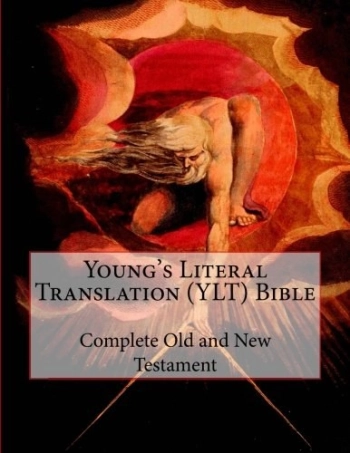1599 Geneva Bible (GNV)
The Geneva Bible: A Cornerstone of English Protestantism A Testament to Reform The 1599 Geneva Bible... Read More
Young's Literal Translation (YLT) is a unique English translation of the Bible renowned for its strict adherence to the original Hebrew, Aramaic, and Greek texts. Produced by Robert Young in 1862, it stands as a testament to the pursuit of literal accuracy in Bible translation.
The YLT is characterized by its uncompromising commitment to rendering the original languages into English as directly as possible. Young sought to preserve the grammatical structure, word order, and tense of the original texts, often at the expense of readability and natural English flow.

While the YLT offers a valuable resource for those seeking a literal interpretation of the Bible, it also presents significant challenges for many readers. The emphasis on literal accuracy often results in awkward and unnatural English, making the text difficult to understand. Additionally, the YLT's lack of explanatory notes or cross-references can hinder comprehension for those unfamiliar with the original languages.
The YLT has garnered a following among those who prioritize textual accuracy over readability. It has been used extensively by Bible students and scholars seeking to delve deep into the original languages. However, the YLT's limited accessibility has restricted its popularity among general readers.
Young's Literal Translation is a remarkable testament to the pursuit of literal accuracy in Bible translation. While its challenges are undeniable, it offers a valuable tool for those seeking a close engagement with the original texts. The YLT remains a significant contribution to the field of biblical studies and continues to be used by scholars and dedicated Bible students.